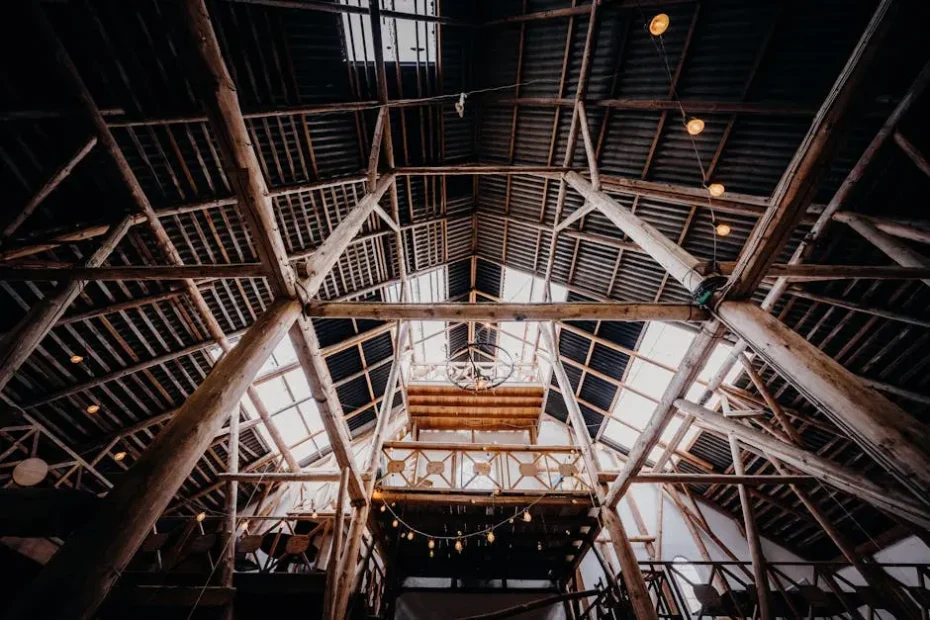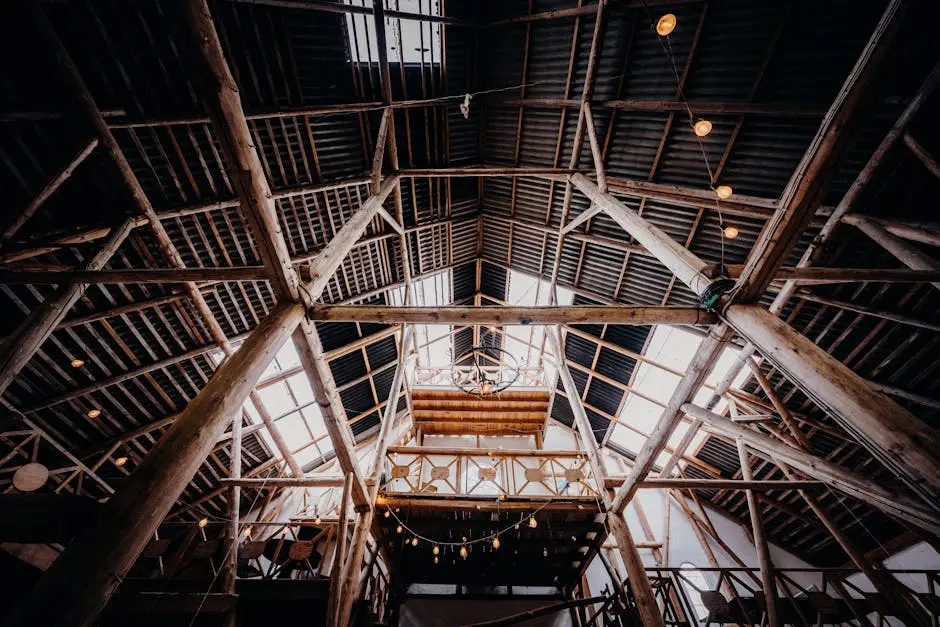Installing pole barn insulation correctly is crucial to ensuring comfort and energy efficiency. However, many people make common mistakes that can lead to problems down the line. In this FAQ, we will highlight these mistakes and guide you on how to avoid them for a successful installation.
Mistake 1: Ignoring the Insulation Type
Choosing the wrong type of insulation for your pole barn can lead to inefficiencies. Each type, including fiberglass, spray foam, and rigid board, has unique thermal properties. Understanding the best fit for your barn’s needs is crucial for maintaining temperature and comfort.
Fiberglass insulation, for example, is cost-effective and provides decent thermal performance, but it’s essential to ensure it’s properly installed to avoid air gaps. Alternatively, spray foam insulation offers superior sealing but comes at a higher cost.
Before deciding on the insulation type, consider factors such as climate, pole barn usage, and your budget. By tailoring your insulation choice to these variables, you can opt for the most energy-efficient solution that balances performance and cost.
Mistake 2: Neglecting Air Sealing
Failing to properly seal air gaps around insulation can result in significant energy loss. Air leaks can undermine the effectiveness of even the best insulation materials, leading to higher energy bills and loss of comfort.
It’s vital to inspect all corners, seams, and joints for potential air leaks. Use caulking or spray foam to seal gaps effectively; this not only boosts the insulation’s efficiency but also enhances the overall climate control of the space.
A well-sealed pole barn ensures that conditioned air stays inside, maintaining a consistent temperature while protecting against the elements. Remember, a little extra effort spent on air sealing can yield substantial long-term savings.
Mistake 3: Incorrectly Measuring Spaces
Accurate measurements are vital for a proper fit. Taking the time to measure all areas thoroughly will help ensure that you don’t underestimate or overestimate the amount of insulation required.
Consider using a flexible measuring tape for tricky spots, and keep a notepad to jot down dimensions as you go. Don’t forget to account for any irregularities in the structure that may require extra insulation adjustments during installation.
Additionally, allow for some extra material to accommodate unforeseen changes. This precaution will save you multiple trips to the store and potentially prevent incomplete insulation, which could lead to drafts and temperature fluctuations.
Mistake 4: Overlooking Vapor Barriers
Vapor barriers help prevent moisture from damaging insulation and building materials. Failing to install them can lead to mold and structural issues, which can be costly to repair.
Install a vapor barrier on the warm side of insulation to keep moisture from penetrating. This protective layer is crucial in humid climates where moisture accumulation can compromise the integrity of your pole barn.
In addition, regularly inspecting the vapor barrier during routine maintenance can help catch any signs of moisture damage early. By staying proactive, you can ensure the long-term effectiveness of your insulation and the durability of your structure.
Mistake 5: Rushing the Installation Process
Taking your time during the installation process is essential. Rushing can result in poor workmanship and overlooked details that could compromise insulation effectiveness.
Planning the installation in phases, allowing sufficient breaks and reviewing each step before moving on, can greatly enhance your end results. Emphasize quality over speed to ensure thorough installation.
Moreover, enlist help if necessary. An extra pair of hands can contribute to a more efficient process, allowing you to focus on precision without feeling overwhelmed by the task at hand. Remember, a well-done job today means less hassle tomorrow.
Final Thoughts
By being aware of these common mistakes, you can navigate the installation process of pole barn insulation more effectively. Ensuring proper preparation, material selection, and installation techniques will lead to increased efficiency and comfort in your pole barn.

